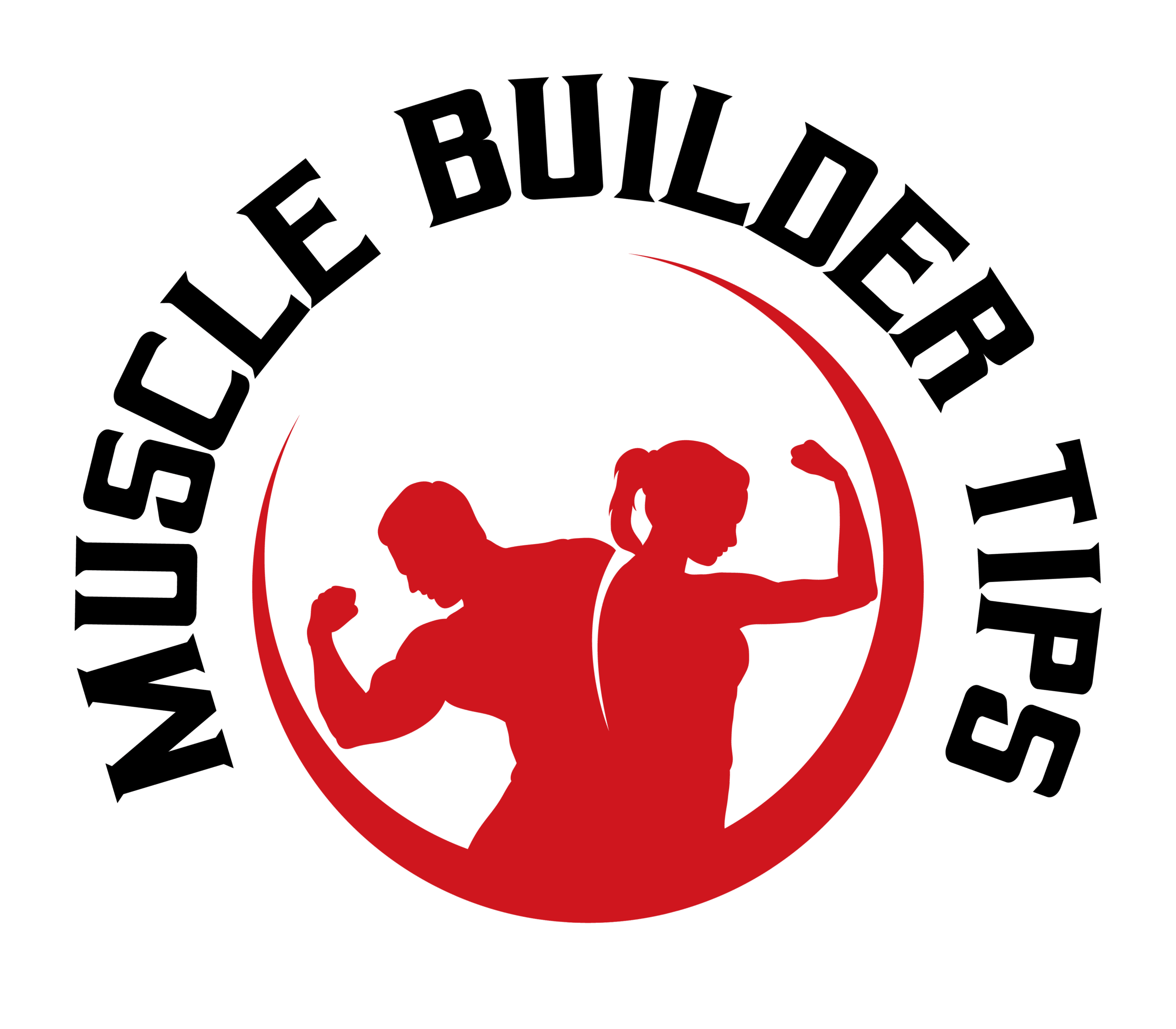Unleashing Your Full Potential: The Power of Functional Training for Real-Life Fitness

Functional training is a dynamic and purpose-driven approach to fitness that focuses on improving everyday movement patterns and enhancing overall performance in daily activities. Unlike traditional workouts that isolate muscles, functional training emphasizes full-body movements that mimic real-life activities. In this comprehensive guide, we’ll explore the benefits of functional training, key principles, and practical tips to incorporate this transformative training style into your fitness routine. Get ready to unleash your full potential and achieve real-life fitness with the power of functional training.
1. Understanding Functional Training:
– Definition: Functional training involves exercises that enhance coordination, balance, and stability while targeting multiple muscle groups simultaneously.
– Real-Life Application: Emphasizes movements that mirror activities performed in daily life, such as bending, twisting, and lifting.
2. The Benefits of Functional Training:
– Improved Daily Functionality: Enhances mobility and strength for ease in performing everyday tasks.
– Enhanced Core Strength: Stabilizes the core through functional movements, leading to better posture and reduced risk of injuries.
– Injury Prevention: Strengthens the body in a way that promotes balanced muscle development and joint stability.
– Sports Performance: Transfers functional strength and movement patterns to various sports and physical activities.
– Time Efficiency: Integrates multiple muscle groups in a single exercise, optimizing workout time.
3. Key Principles of Functional Training:
– Multi-Planar Movement: Incorporates movements in different planes of motion (sagittal, frontal, and transverse) for well-rounded fitness.
– Integrating Core Stability: Focuses on engaging the core in all functional exercises for improved balance and support.
– Unilateral Training: Targets one side of the body at a time to address muscle imbalances and enhance stability.
– Dynamic Movements: Utilizes fluid and continuous movements to mimic real-life activities.
4. Functional Training Exercises:
– Squats: Improves lower body strength and functional movement.
– Lunges: Enhances balance and stability while targeting the lower body.
– Deadlifts: Engages the core and improves lifting mechanics.
– Push-Ups: Strengthens the upper body and core for pushing movements.
– Pull-Ups: Targets the upper body and improves pulling mechanics.
– Medicine Ball Twists: Enhances rotational core strength for daily activities.
5. Functional Training Tools:
– Resistance Bands: Adds variable resistance to functional movements for increased challenge.
– Kettlebells: Facilitates functional strength and dynamic movements.
– Medicine Balls: Promotes power and coordination in functional exercises.
– TRX Suspension Trainer: Allows for bodyweight exercises with added instability.
6. Integrating Functional Training into Your Routine:
– Warm-Up: Begin with dynamic stretches and mobility exercises to prepare the body for functional movements.
– Compound Exercises: Opt for full-body exercises that engage multiple muscle groups in each movement.
– Balance and Stability: Include exercises that challenge balance and proprioception for improved coordination.
7. Creating a Functional Circuit Workout:
– Design a circuit of functional exercises that target different movement patterns.
– Perform each exercise for a specific time or number of repetitions.
– Minimize rest between exercises to maintain the flow and intensity of the circuit.
8. Personalization and Goal Setting:
– Assess Your Needs: Identify functional weaknesses or specific daily movements you want to improve.
– Tailor Your Routine: Customize functional exercises to match your fitness level and goals.
9. Progression and Variety:
– Increase Complexity: Advance more challenging functional movements as you gain proficiency.
– Embrace Variety: Integrate a mix of exercises to keep your functional training engaging and effective.
10. Embracing Functional Fitness:
– Emphasize Real-Life Benefits: Celebrate how functional training enhances your everyday activities.
– Consistency and Dedication: Commit to regular functional training for lasting results.
Functional training is a transformative approach to fitness that fosters strength, balance, and mobility for real-life activities. By incorporating multi-planar movements, core stability, and dynamic exercises, you can unlock your full potential and achieve a well-rounded level of fitness. Embrace functional training as a key component of your fitness journey, and experience the positive impact it has on your daily functionality, sports performance, and overall well-being. As you engage in dynamic and purpose-driven exercises, you’ll discover a newfound sense of strength and confidence that extends beyond the gym, enriching every aspect of your life. Embrace the power of functional training and unleash your full potential in the pursuit of real-life fitness excellence.
RELATED SEARCH TERMS ABOUT FUNCTIONAL TRAINING:
- “Real-Life Fitness Unleashed: The Comprehensive Guide to Functional Training for Everyday Activities”
- “Functional Training Redefined: Elevating Daily Functionality through Dynamic Workouts”
- “The Power of Purposeful Movement: Unlocking the Benefits of Functional Training”
- “Beyond the Gym: Enhancing Core Stability and Balance with Functional Exercises”
- “Preventing Injuries, Enhancing Performance: The Functional Training Advantage”
- “Maximizing Your Workout Time: Time-Efficient Fitness with Functional Training”
- “Strength in Motion: Integrating Multi-Planar Movements into Your Fitness Routine”
- “Balanced Strength: Achieving Core Stability and Muscular Harmony with Functional Training”
- “Mastering Functional Movement: Dynamic Exercises for Improved Daily Functionality”
- “The Versatility of Functional Training: Tools, Techniques, and Benefits”
